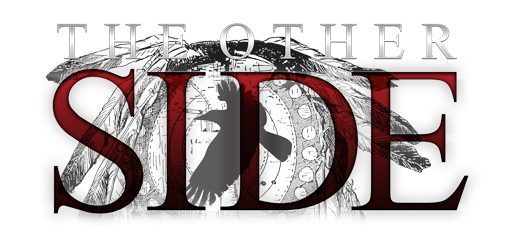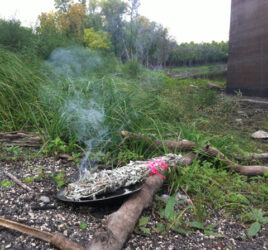Extra Research for Season 6 – Episode 7 – My Buds

The history of use at LPSU Hall can be traced back to 1789 where it was the location of the first Congregationalist Church in Newfoundland. The original structure stood in the heart of downtown St. John’s until 1817 when it was destroyed by one of the many fires that revenged the town. It was rebuilt and purchased by the Sons of Temperance in 1853, only to be destroyed again by fire in 1892. In 1912, the building was sold once more to the Longshoremen’s Protective Union (LSPU) giving it the name it’s known as today. The LSPU wanted to use the hall because the secretary of the union could look out the window to see the flags on Signal Hill and known what ships were at dock in the harbour.
The building itself is found on Victoria Street, near the famous Duckworth street. While its interior been extensively renovated over the years, the timber-frame wooden exterior remains largely the same. One of the more unusual features is the massive stone-rubble retaining wall that contain sections of the original retaining wall built in 1789. The building also has a gable roof with ornamental exposed rafter ends supporting the building’s eaves.
The hole that Fred Gamberg left

Fred was an aspiring musician and promoter and a staple in the underground music scene in St. John’s. He was often either playing in bands at LPSU Hall or putting on shows in the arts space there – it was a second home to him.
He was known as a talker and was always telling stories about this or that and almost never stopped talking. He believed in the power of music and was the founding member of a few punk bands, including Giver, which continues to inspire young musicians to this day. Always looking to support musicians in their efforts to find a following, he co-produced a compilation record of songs from local bands called Danger: Falling Rocks. Sadly, In 1995 and at the age of 23, he tragically drowned while swimming in the neighbouring town of Flatrock. His death would leave a huge hole in the arts community in the town that is still felt to this day.
– Jane Caulfield

